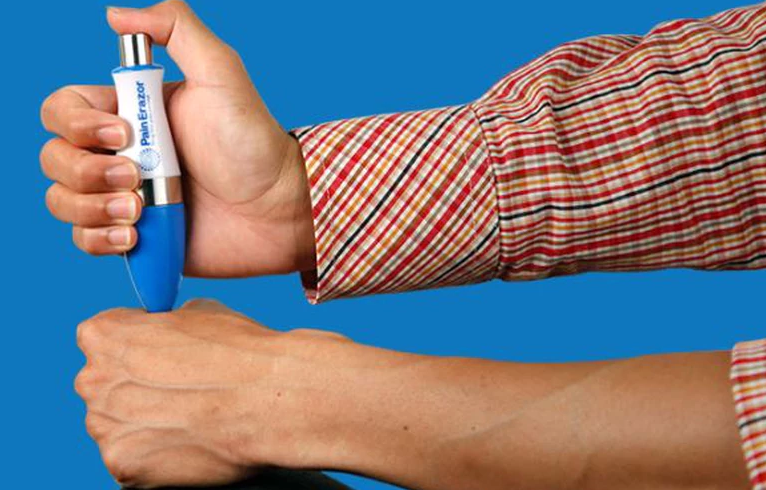
A pen which claims to erase pain with a few clicks has drawn more criticism after coming under fire from New Zealand's consumer watchdog earlier this year.
In May, the Advertising Standards Authority met to discuss a complaint received about a TV advertisement for the pen.
The complainant, V Wood, said they were concerned the company advertising the pen was misleading in claiming to provide pain relief and was preying on vulnerable people, ie those in chronic pain.
They said the advertisement did not describe how the pen worked to get rid of pain sufficiently enough to comply with the NZ Medicines Regulations Act of 1984 and broke advertising rules in that claims the device relieves pain was not substantiated.
The ASA complaints board noted these concerns, however considered the matter settled after the advertiser responded by saying the ad had not aired since March and any future
version of the advertisement would be altered, taking into consideration the concerns raised.
In March Consumer NZ said there was no evidence the Pain Erazor did what its marketing company claimed.
The company, Brand Developers, said the $160 unit worked by exerting pressure on a quartz crystal, which produced a tiny electric charge.
According to the company's website, when the pen is clicked against the point of pain about 30 or 40 times the body's endorphins are stimulated, acting as a natural pain killer.
Brand Developers claimed the pain relief provided, "electro-analgesia", was similar to TENS but had a "more effective, longer-lasting pain killing effect than a regular TENS unit".
Consumer NZ has investigated the pen in its March newsletter, with the consumer watchdog acknowledging this type of pain relief was possible.
However, it said Pain Erazor provided no evidence the pen had been successfully shown to work.
Consumer NZ said there was nothing in the product's 116-page booklet which showed this had been proven in trials.











